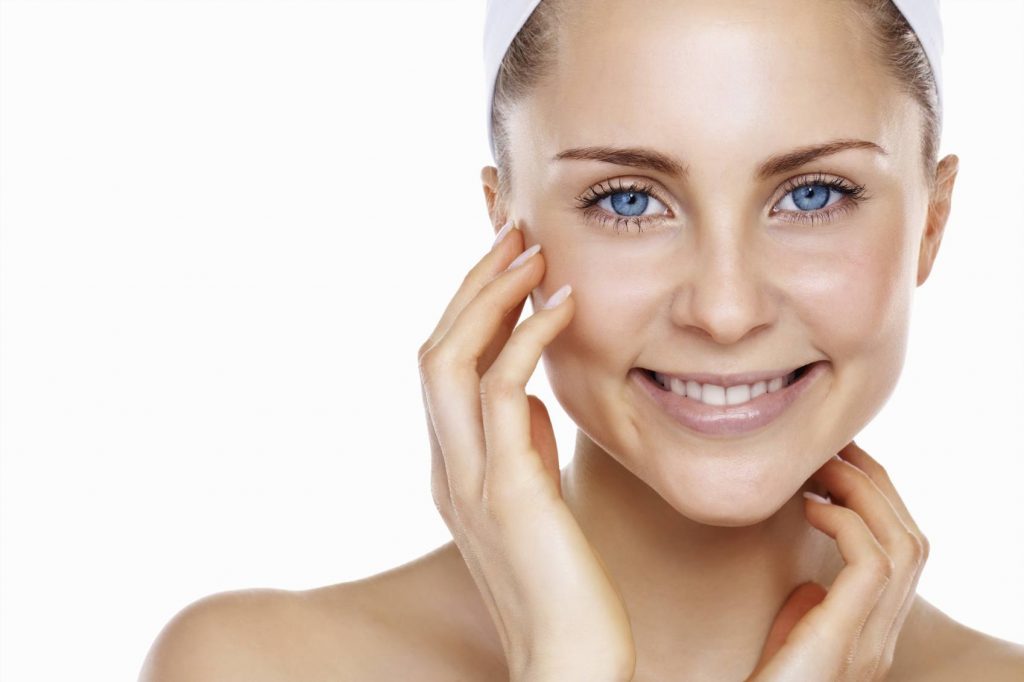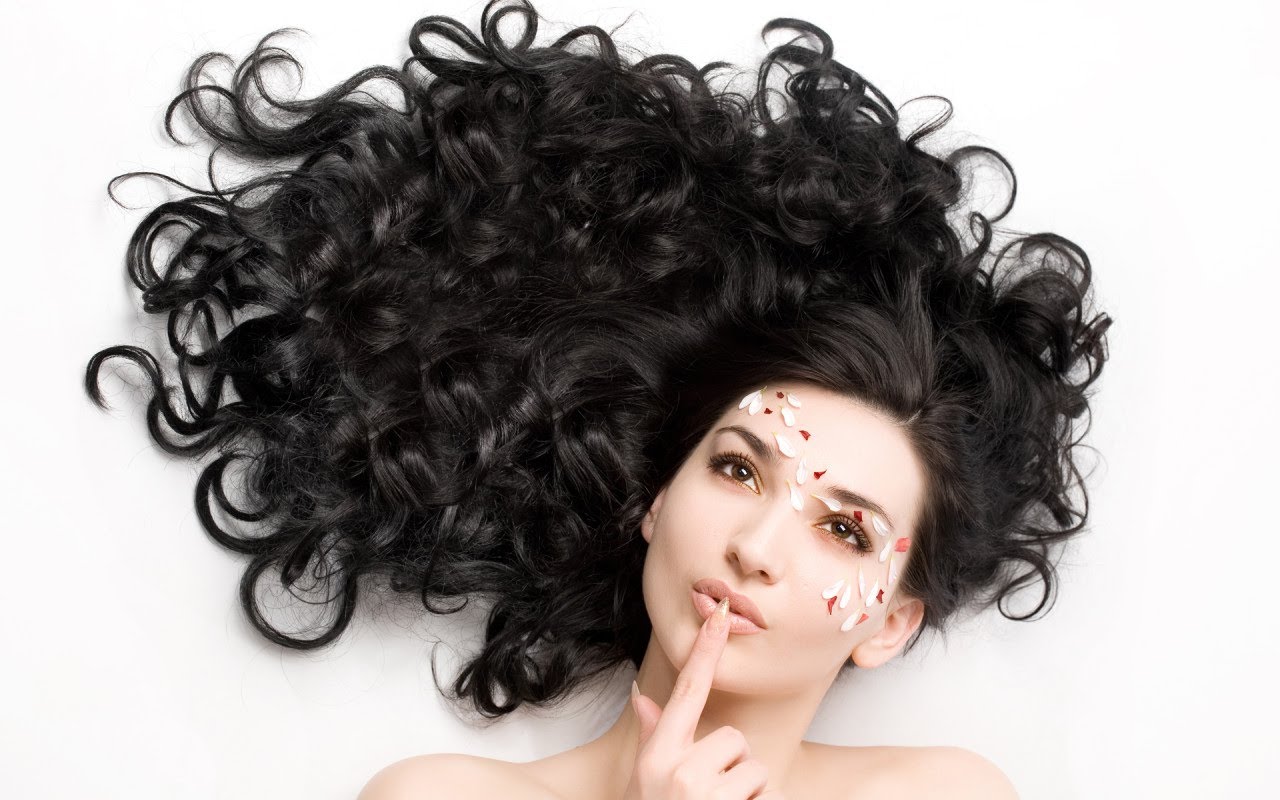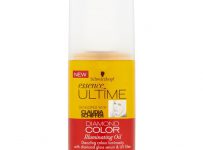Sebum – a substance produced by glands located all over skin except two places: palms of hands and soles of feet. Sebum is composed of glycerides, waxes, fatty acids, squalene and cholesterol. Some parts of a body are equipped with greater amount of glands. The most impressive number of glands is located in face, chest, back and scalp. The smallest amount, in turn, is located in forearms and legs. In general, we can distinguish two types of glands: independent glands and glands connected to follicles. The first ones are located on lips, around bellybutton and around breasts. When it comes to the glands connected to follicles, these appear in greater amounts. Basically, there can be more than just one gland linked to one follicle.
It is said that skin looks unattractively when covered with sebum. And this conviction is half true and half false. It is worth being aware of the fact that sebum is crucial for proper skin hydration, it protects our skin against, for example, solar radiation and low temperature. What is more, sebum prevents bacteria, viruses and chemical substances, present in some cosmetics or detergents, from getting deep into skin. Moreover, this natural substance of ours protects skin against rubbing and scratches. Skin deprived of sebum (because of ailments, damages, lesions or because of our conscious action like degreasing or exfoliation) is matte, dry, contracted and wrinkled.
The amount of sebum produced is connected with many factors, such as hormones that are responsible for slowing down or encouraging sebaceous glands to more efficient work. The second factor is age. The highest amount of sebum is produced right after being born, and decreases after six months. Again, sebum production becomes intensified at teenage and continues up to approximately 18. Once turning 25, the level of sebum is decreased as it expected to stop after 40. Basically, the amount of produced sebum varies accordingly to such factors as A, B2 and B6 vitamin deficiency, rubbing, pressure, touching, temperature and time of a day.
Excessive sebum production is connected with acne, oily complexion or greasy scalp. Most often, it can be observed on back and T-zone. It can be a result of lack of hygiene, genetics, improper care and super dry epidermis. In this case, it is recommended to use cosmetics available in a pharmacy, body scrubs and purifying masks. Fairly helpful are also sebum absorbing sheets or mattifying makeup base and foundations.



Leave a Reply